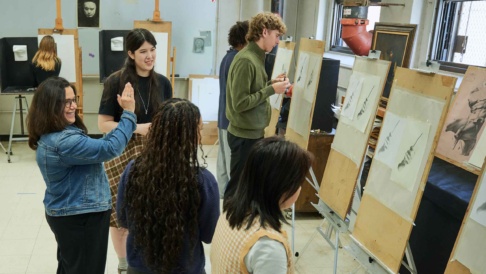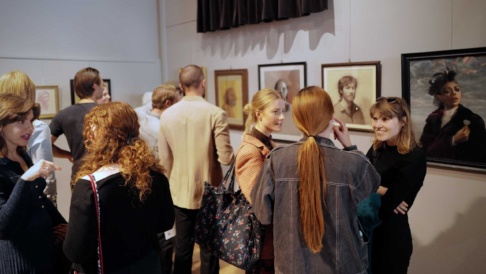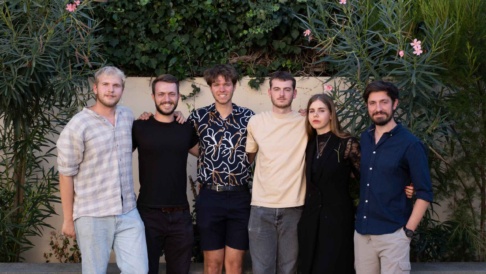Our
Mission
The Mission Statement was written in 1995, and has changed only slightly over the years. We may not refer to it often, but it remains the guiding principal of our school, and underlies our philosophy, curriculum and teaching, and all of our decision-making:
To provide the highest level of instruction in classical methods of drawing, painting and sculpture for students wishing to pursue careers as professional artists in the Realist tradition.
Philosophy
The Florence Academy of Art is a dynamic center dedicated to the training of artists through the combination of intense observation with advanced craft skills. The curriculum derives from the classical-realist tradition rooted in the 19th century (most particularly exemplified by the French Academies in the teaching of master painters like Gérôme, Bonnat and Carolus Duran) but also addresses the creative and professional position of the artist in a contemporary environment.
It is the view of this Academy that throughout the 20th century prominent movements of art have steadily drawn attention (and teaching) away from close observation of the material world and the acquisition of strong technical skills, to a position where cohesive artistic thought is inexorably fragmented by the urge towards greater individual expression.
The Academy therefore provides students with the opportunity to explore distinctive aspects of their chosen subject through the development of considerable powers of draftsmanship, direct study of works of the Old Masters and a deep, practical understanding of the materials and methods of the artist. By this means, and through the resulting identification of clear artistic objectives, students acquire creative self-confidence, visual understanding and subtle and precise powers of description.
Study at the Academy centers upon the importance of drawing (particularly drawing from the human figure) as a means to gaining skill in painting or sculpture. Through intense observation students acquire a visual literacy that enables them to interpret humanist values in their work, and, ultimately, seek to create a work of universal relevance.
The program, like that of the French Academies, is based upon systematic progression through the classical disciplines, interpreting the basic elements of composition, form, color harmony and expression. Advancement to each level of study is dependent upon successful completion of the previous level. In this way, the program is carefully matched to each individual and not imposed in a ‘study group’ context.
Institutional Goals
In summary, the Academy aims to train artists to:
- draw to a very high standard
- execute works in painting or sculpture to high levels of professional craftsmanship
- acquire a deep understanding of the works and methods of the Old Masters
- acquire a sound awareness of commercial practices in Fine Art
Founder’s
Message
“As I considered formalizing a course of study for students interested in realism, I first of all envisioned a school based on the time-tested principles that had produced the great, varied body of realist art. It would not promote a specific style, rather offer a complete classical education including humanities, art history, anatomy, ecorché, composition, and perspective, all at the service of drawing, painting and sculpture. It would inspire and encourage the individual, whatever the level of talent, and promote individuality and original thought. It would embrace open dialogue within the studio, and among other artists and institutions that share an interest in the development of classical realism. This vision has become The Florence Academy of Art today.” – Daniel Graves, Founder
The Florence Academy of Art emerged from a collection of ideas based on my own search for information on master techniques, my personal experiences or frustrations with art education during my formative years, and my knowledge of the past. After co-running Studio Cecil-Graves for eight years, I had come to some important realizations about what was effective and what was not. Years of trial and error followed, with more successes than failures, and now it is my students who are carrying on the tradition, adding in kind their own improvements to it.
There was no exact educational model for me to draw from; the ateliers of the 19th century were an inspiration to be sure, but they were limited in their scope, often based on the personality of a single master painter. True, they produced great artists, but eventually died out. This was a formula I did not want to repeat.
With this firmly in mind, I first of all envisioned a school based on the time-tested principles that had produced the great, varied body of realist art. It would not promote a specific style rather offer a complete classical education including humanities, art history, anatomy, ecorché, composition, and perspective, all at the service of drawing, painting and sculpture.
The Florence Academy of Art would inspire and encourage the individual, whatever the level of talent, and promote individuality and original thought.
It would embrace open dialogue within the studio, and among other artists and institutions that share an interest in the development of classical realism.
It would one day be permanently established in a single location so that future students of classical realism would have a place to study.
These thoughts have greatly influenced all my decisions over the past 21 years. The momentum to realize them has only grown thanks to loyal and dedicated students who continue to search out the Florence Academy as their school of choice.
I knew to make my vision take shape and grow I needed someone to add a perspective that was practical and logistical. An artist can remain deep in his art, in his own world. I could have had all the theory, but needed a colleague to make it real. When I met Susan Tintori I found another educator who shared my dream for a great school based on high standards. We made many sacrifices through the years to stay on course; thanks to this, we have never needed succumb to lowering our standards or diluting our mission in order to survive.
The Academy’s curriculum is designed to take a student at any skill level and advance their ability to represent nature. More specifically we teach, what we refer to as “structural realism;” this means we stress observation and an accurate translation of nature. We endeavor not to copy nature mindlessly, the result of this is often banal and lifeless, but rather truthfully engage in the representation of our personal vision of the subject or idea. Individuality is paramount in the final work; to underestimate this would be a failure at the most profound level.
I also envisioned a school based on selfless education, where no single individual’s ego would influence a student’s outcome. I felt one of the things that was so essential to the school environment was professionalism between teachers and students, where the importance of every individual had to be first priority. From the start, I sought to form a group of likeminded artists, trained at the Florence Academy, who have a profound understanding of its mission, and can continue the ethos of the studio environment as I had originally envisioned it. At various stages, key faculty provided invaluable innovations to the curriculum and methodology that have enriched the program and enhanced student progress.
Finally, I sought to create an institution that would live beyond me, and for this reason, The Florence Academy of Art does not bear my name. For this reason, too, I believe our mission is not only to train fine artists but also to actively prepare the next generation of teachers. This is how our culture is passed from one generation to the next. I see proof of this everyday as I walk through our studios.
The Florence Academy of Art needed to be a place where I would have wanted to study. I felt sure that if I could offer the kind of training in the environment I had sought as an art student, then it would be the right place for others, too. I believe we have achieved this; we have taken the technical and intellectual standards of the small atelier system, with its emphasis on individualized instruction, and applied them with success to an institution with over 100 students.
When asked to speak about the Academy, I find myself telling the story of its development, or the daily routine of studio life. What I cannot describe but see so vividly are the faces of the hundreds of students who have studied with us, and the many more hundreds of drawings, paintings and sculptures they have made. This is for me is the true value of The Florence Academy of Art.
– Daniel Graves, March 26, 2012
“When asked to speak about the Academy, I find myself telling the story of its development, or the daily routine of studio life. What I cannot describe but see so vividly are the faces of the hundreds of students who have studied with us, and the many more hundreds of drawings, paintings and sculptures they have made. This is for me is the true value of The Florence Academy of Art.” – Daniel Graves, Founder
Timeline
1991
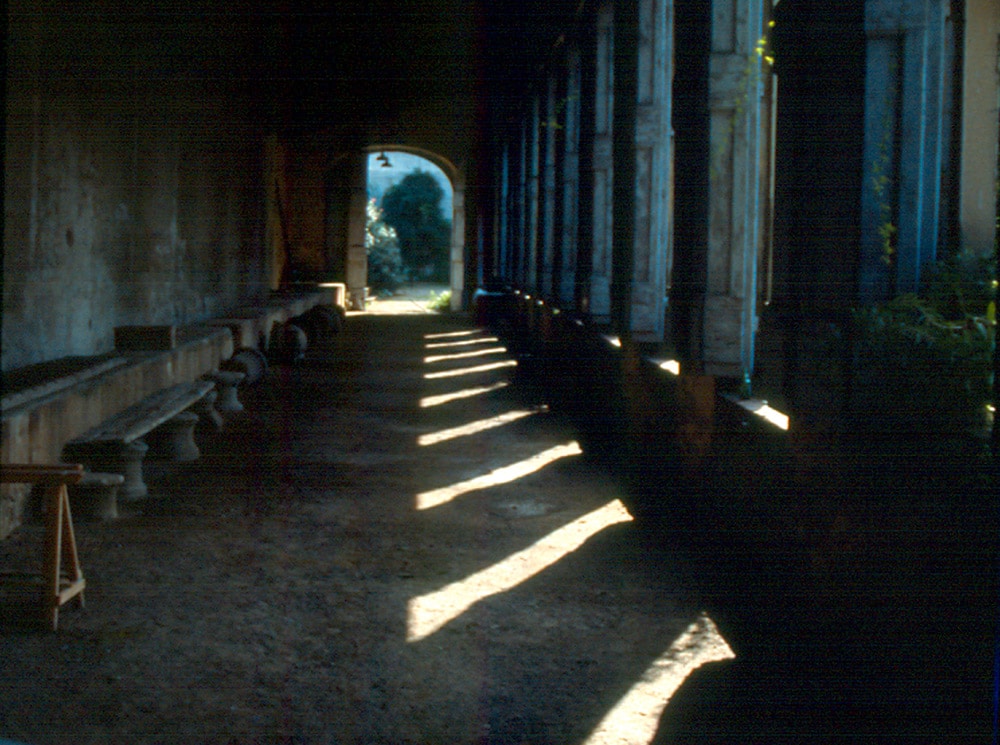
Daniel Graves began the Academy in 1991 in a small studio in the gardens of a local Florentine palace owned by the Corsini family. By word of mouth, the handful of students who had come to study with Graves grew to exceed the space.
1994
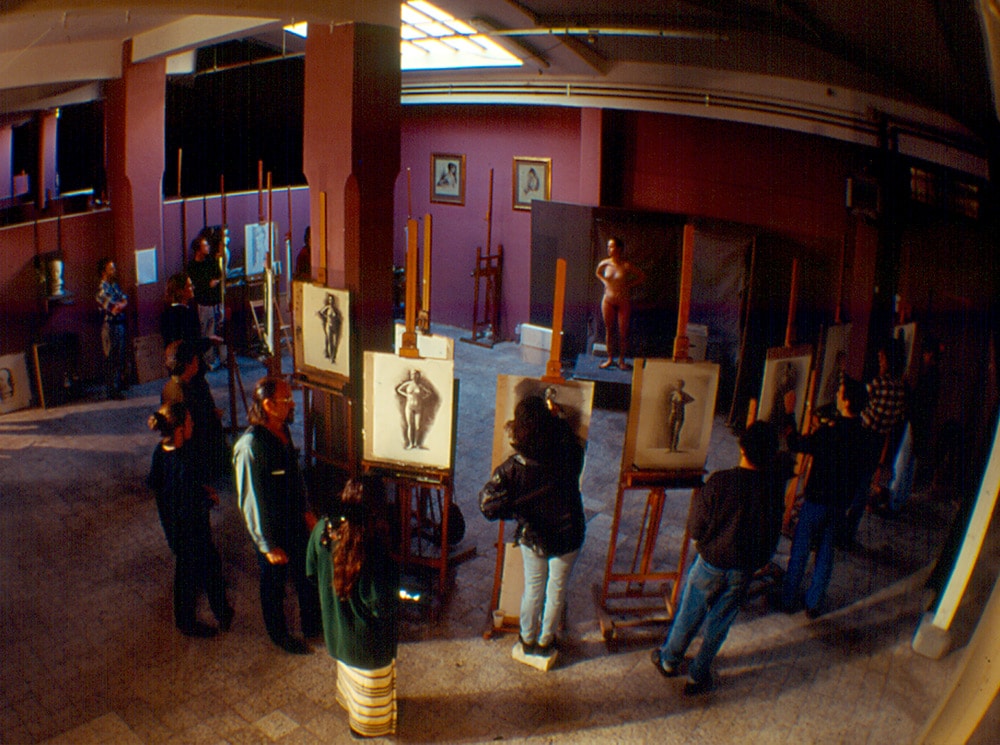
In 1994, the Academy moved to a single 4500 square-foot studio on Via delle Casine, housing two disciplines (drawing and painting); the first student body consisted of 12 students taught by three instructors (Daniel Graves, John Angel and Charles Weed) with one administrative staff (Susan Tintori).
1995-98
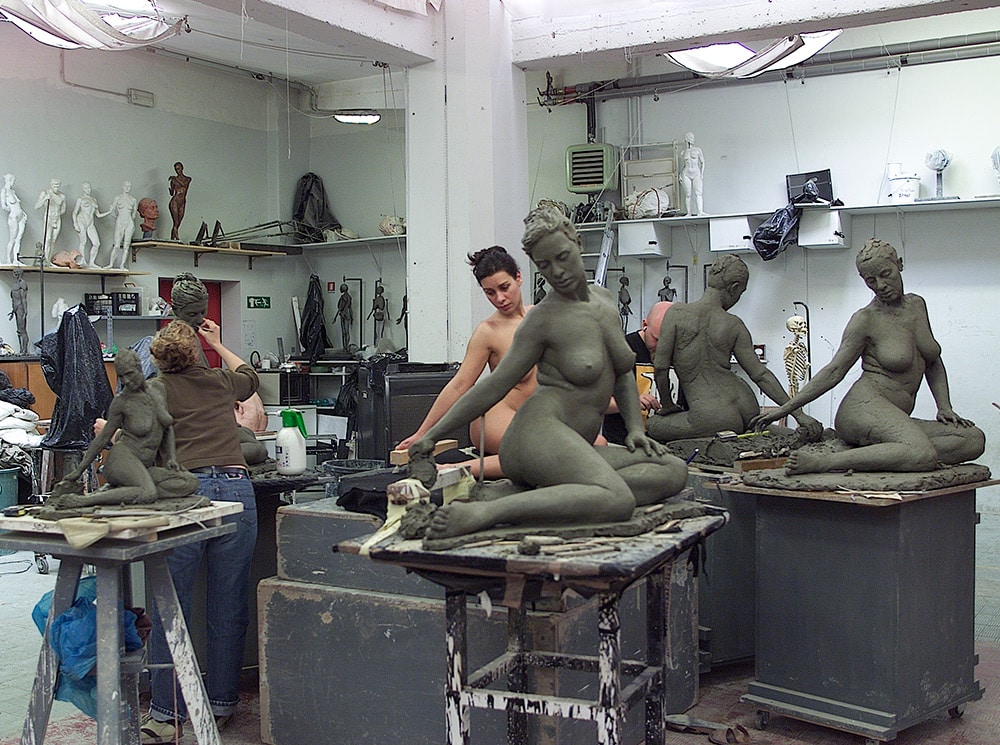
In 1995-96, Via delle Casine briefly housed a sculpture course taught by Cessna DeCosimo. Sculpture was taught in the back storage room, while Daniel worked in a private studio near the office. In 1997, Rosemary Galli was hired as Registrar. In 1998, a second studio was rented on Via Luna, housing the Intensive Drawing Program and the newly formed Sculpture Program. Former FAA student, Robert Bodem, came from the U.S. to create and run sculpture, while Simona Dolci was made Director of the Intensive Drawing Program.
2002
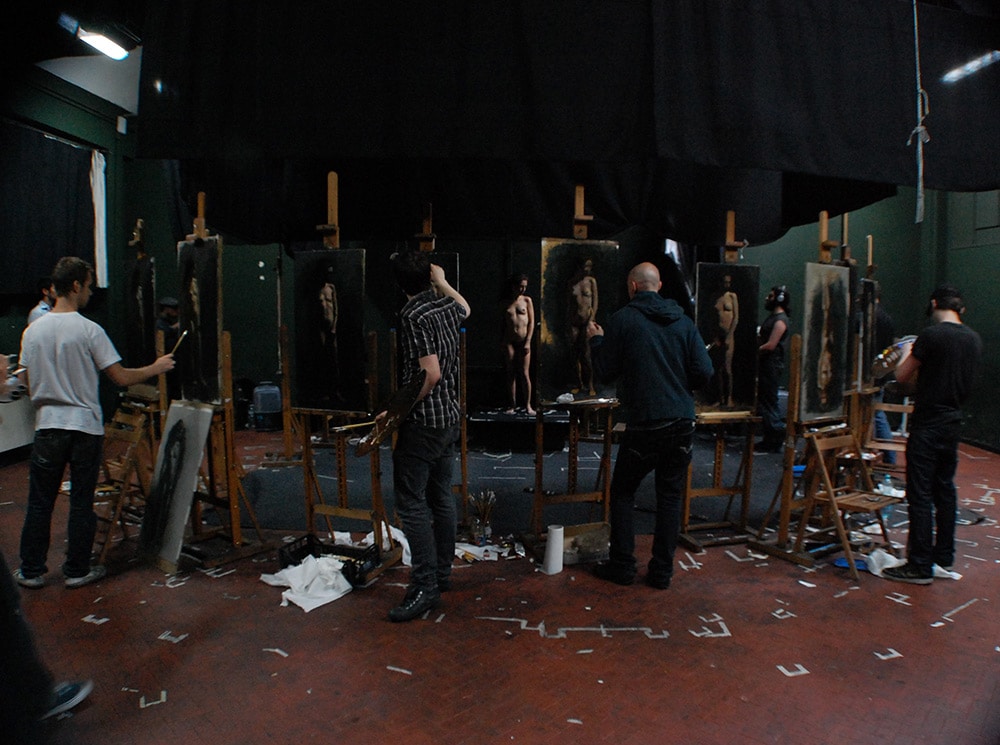
In January 2002, a third studio was added on Via Bandiera dedicated to painting, leaving sculpture in Via Luna, and drawing in Via delle Casine. Ramiro Sanchez was asked to head that program. In 2003, Suzy Fiddy was hired as bookkeeper (now Finance Manager) and model coordinator.
2004
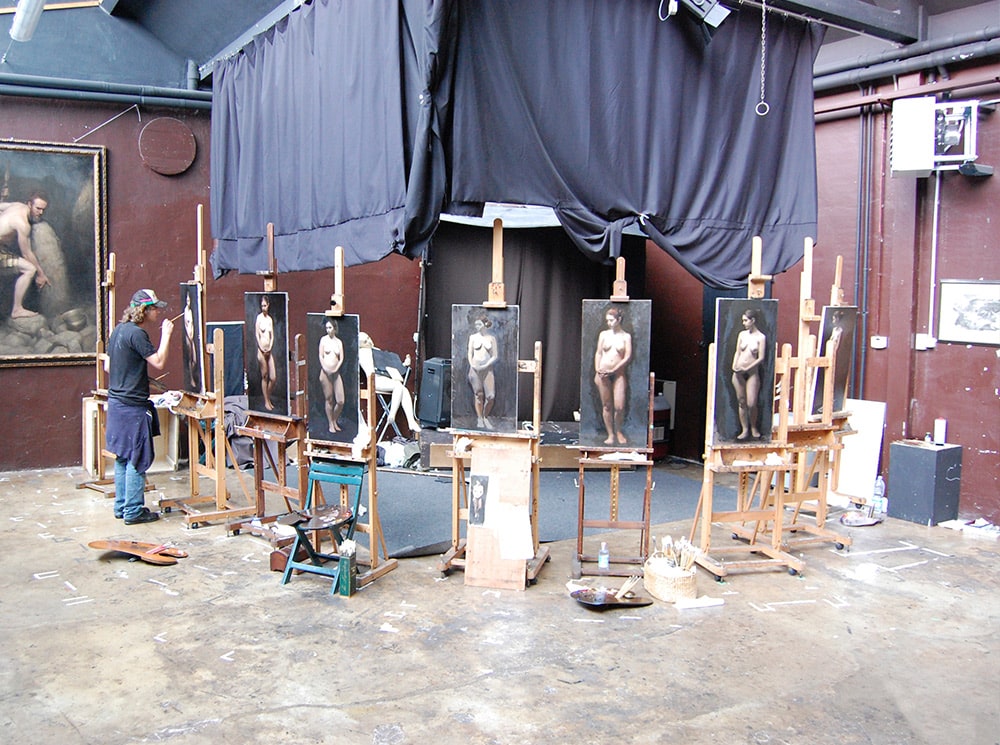
In September 2004, the advanced painting studio was inaugurated in Porta Romana. Hunter Eddy was made co-Director of painting.
2007
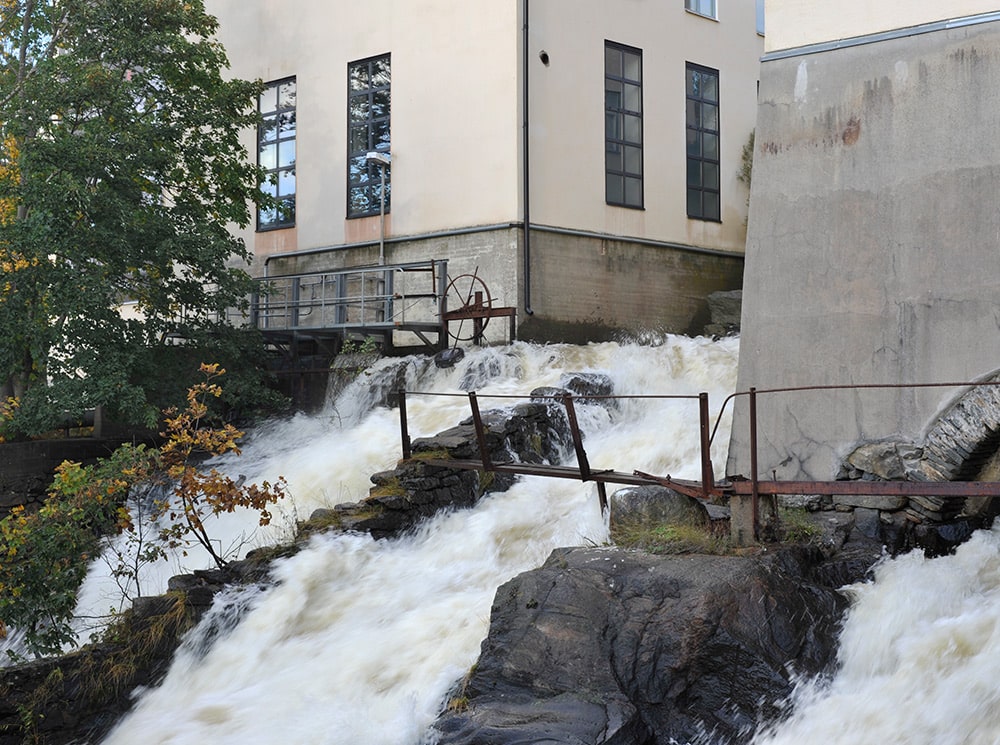
In January 2007, the Academy opened its first branch outside of Florence in Mölndal, Sweden, near Gothenburg. Florence Academy graduates, Joakim Ericsson was made Academic Director, Andreas Birath, Executive Director. In 2008 the Swedish branch became accredited by the Swedish government as a post-secondary vocational school.
2010-2011
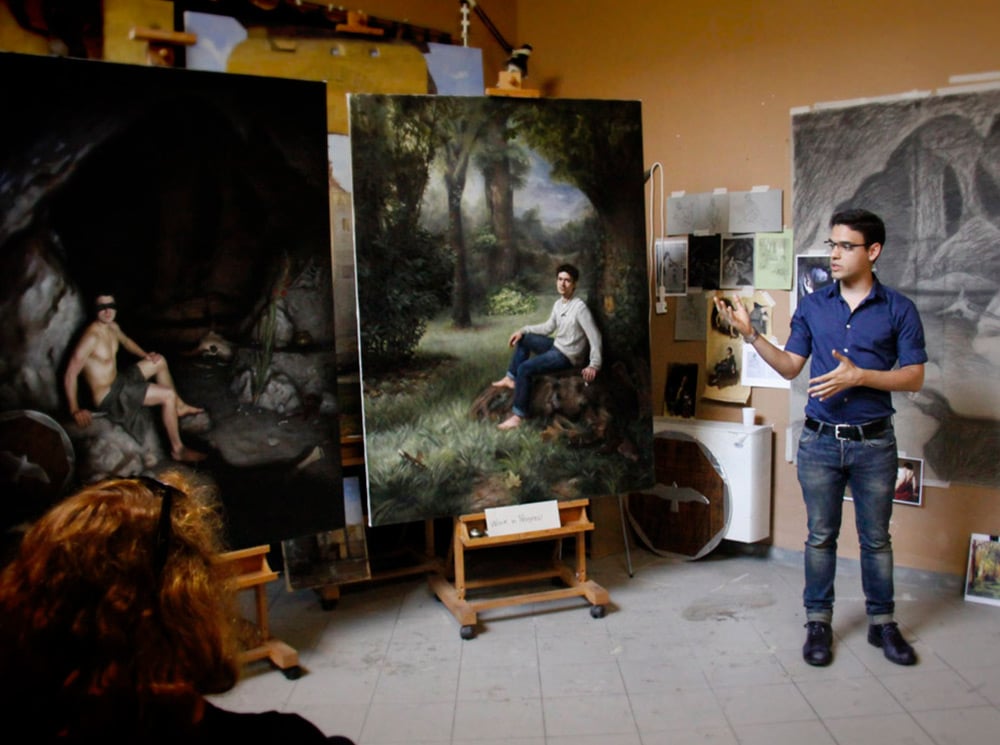
In 2010, Ramiro Sanchez was named Director of the Advanced Painting Program in Porta Romana. In 2011, Jordan Sokol was made Director of the Intermediate Program in Via Badniera. That year, the Fourth Year Prize was created to offer four graduates the opportunity to work under the mentorship of Daniel Graves.
2012-13
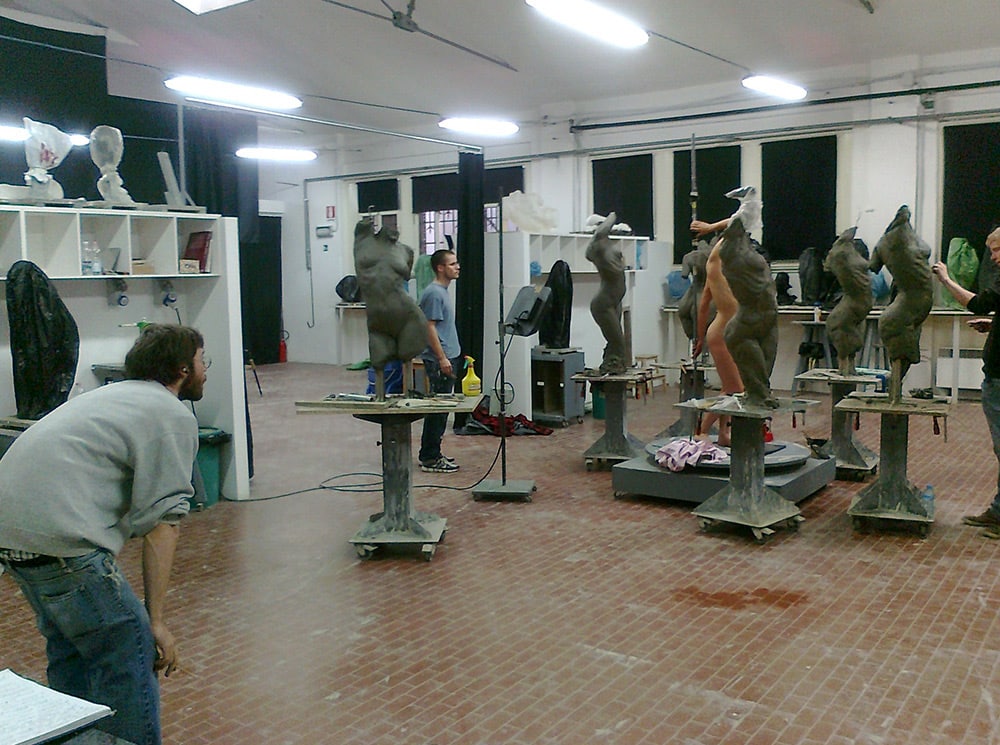
In 2012, the Robert and Christine Emmons Sculpture Center for The Florence Academy of Art was inaugurated in Palazzo Bruciato. Daniela Astone was named Director of the Intermediate Program. In 2013, The Florence Academy of Art was recognized by the National Association of Schools of Art and Design (NASAD) as a U.S. Certificate program in Painting and Sculpture.
2015
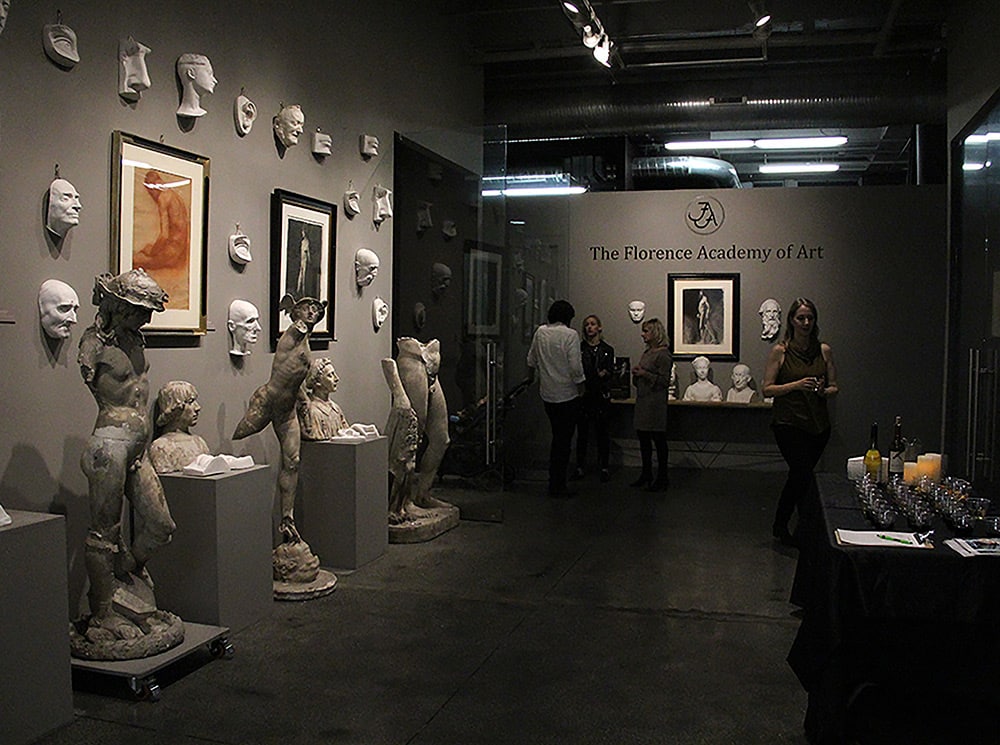
In January 2015, the Academy opened its first U.S. branch in Jersey City, NJ (closed June, 30, 2020). Jordan Sokol was made Academic Director. In May 2015, the Academy published a 300-page volume to celebrate its 25th anniversary: The Florence Academy of Art: the First 25 Years, 1991-2016. The book features the work of its alumni, teachers and founder, Daniel Graves.
2015-today
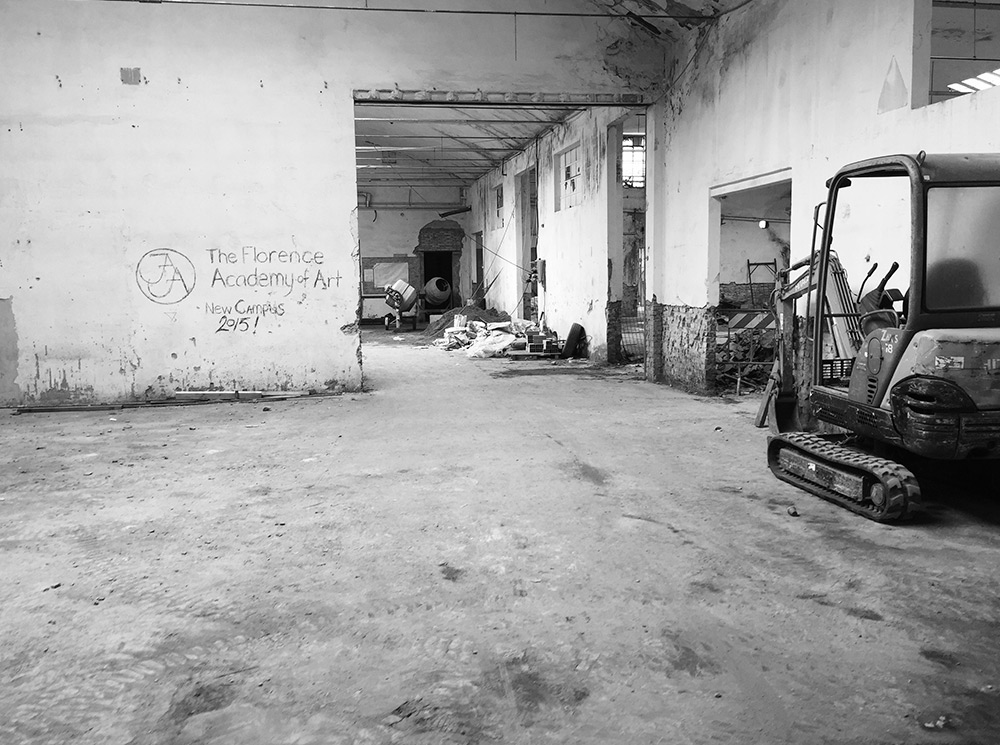
In 2015, with the support of its Board of Trustees and friends, the academy purchased and renovated a 19th century former customs house as its new home in Florence. It opened for the 2016-17 school year. That same year, The Florence Academy of Art was approved by the National Association of Schools of Art and Design (NASAD) to offer a Masters in Fine Art in Painting. In 2018, Mitch Shea became Director of Sculpture, and Ola Alaa El-Din of Sculpture Drawing in 2020. That same year, The Florence Academy of Art was approved by the National Association of Schools of Art and Design (NASAD) to offer a Master in Arts in Studio Art. The MA program began in 2021 at St. Peter’s University in Jersey City, NJ.



